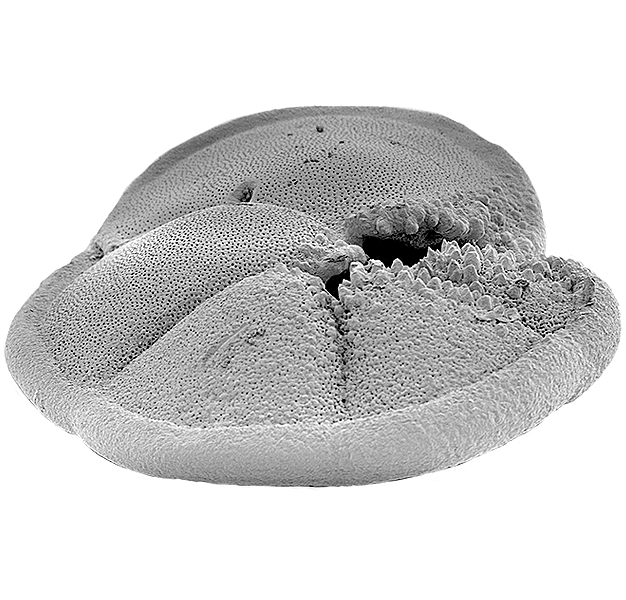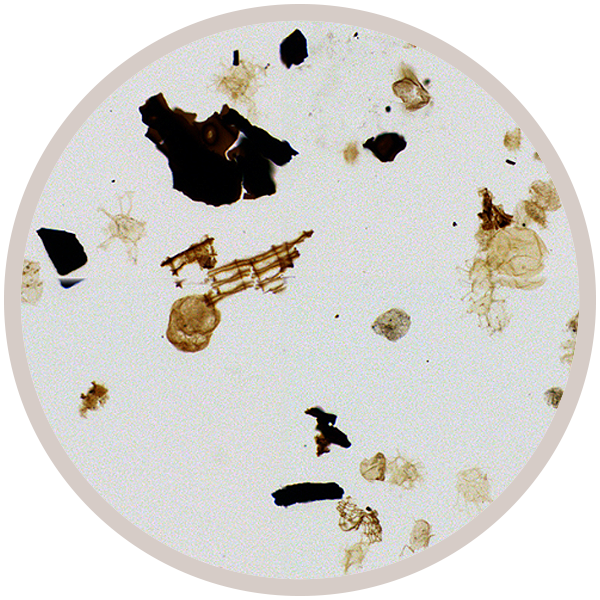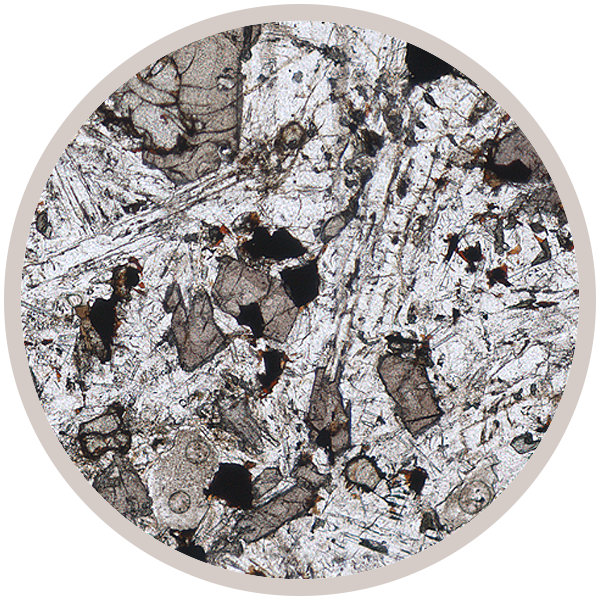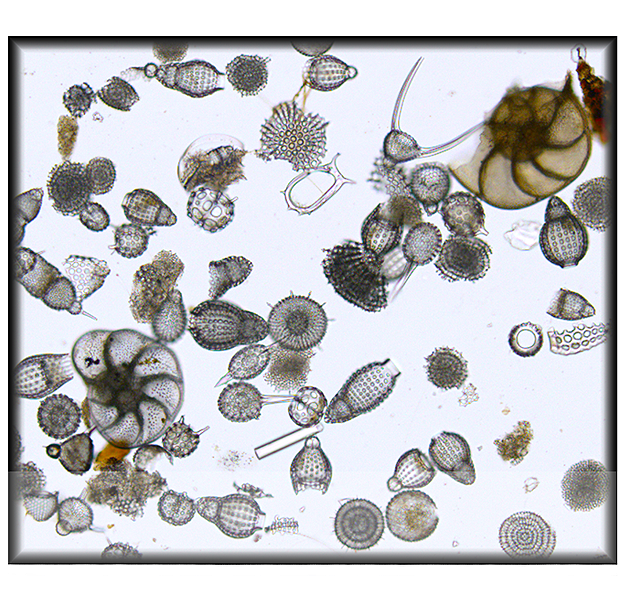
Fact sheet
A 3D rotating Foraminifera - images acquired using a scanning electron microscope. This is a test sample aimed at improving our techniques for acquiring microscopic images for rotations
Cabinets of curiosities were personal collections of natural and man-made objects displayed in a single cabinet.
It was a fashion that reached its peak in the seventeenth Century, but something that is returning in modern times as uncategorised virtual or travelling physical exhibits, sometimes crowd sourced and changing. The original cabinets of curiosities were the personal and often idiosyncratic collections of wealthy owners, and their main function was to provoke a sense of curiosity and wonder in the viewer. Our Cabinet of Curiosities is a collection of curious things that we came across in museums, and a few things we've found in mineral shows. There isn't a learning objective – they're just interesting.
Sample details
More from this collection





